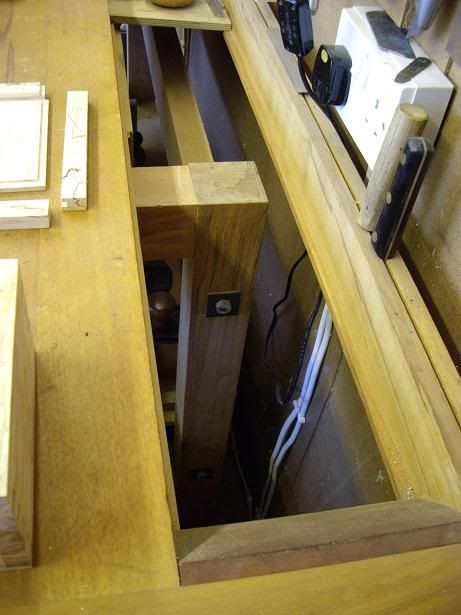Whilst reading around some, mainly US, articles on bench designs there seemed to be a fascination with a couple of things:
1) leg vices - these seemed to be huge things and I was wondering what the specific benefits of a leg vice are and why benches have them
2) most of the designs don't seem to have shelves or under bench storage which seems really odd - is this just that people have large enough shops not to need the storage or does it get in the way of the mechanics etc
3) how useful are things like end vices etc?
What differentiates a good bench from a brilliant one?
If I should want to buy rather than make the next bench are there any makes you'd recommend?
I do some woodwork on my bench (more to come I hope) but also stuff to deal with all the other DIY (plumbing, wood filing etc). Would you recommend a separate bench for this sort of thing our should I just demount the engineer's vice when working on wood?
Many thanks
Miles
1) leg vices - these seemed to be huge things and I was wondering what the specific benefits of a leg vice are and why benches have them
2) most of the designs don't seem to have shelves or under bench storage which seems really odd - is this just that people have large enough shops not to need the storage or does it get in the way of the mechanics etc
3) how useful are things like end vices etc?
What differentiates a good bench from a brilliant one?
If I should want to buy rather than make the next bench are there any makes you'd recommend?
I do some woodwork on my bench (more to come I hope) but also stuff to deal with all the other DIY (plumbing, wood filing etc). Would you recommend a separate bench for this sort of thing our should I just demount the engineer's vice when working on wood?
Many thanks
Miles


































